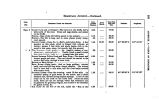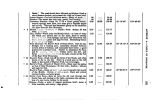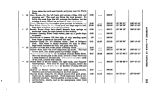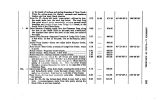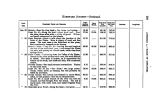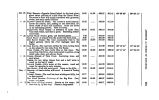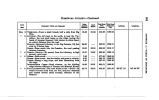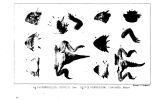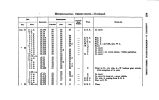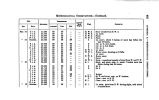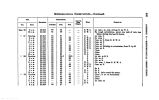| OCR Text |
Show 48 FROM FORT KEARNY TO FORT LARAMIE. ber of springs of soft, cold, sandstone water, which proved very grateful after the hot and dusty journey of the day. The banks on this side of the river have presented little of interest, the surface generally consisting of rolling prairie, gradually rising to the summit of the hills, which are at a considerable distance from the stream. On the opposite side, the cliffs are precipitous, displaying sections of horizontal beds of apparently the same rock already noticed. About two miles from our noon halt the rock was exposed close to the river and but little above its level. It consisted of layers of sandstone, with detritus, magne-sian limestone, sand, and clay. Some fossils were collected and remains of encrinites were observed. On entering the bottom of the North Fork, we found the white CEnothera, a large flower, growing with but a single flower- stem. Lupines are still found in considerable numbers, together with phlox and some species of sunflower. The heads of the ravines were clothed with pine and cedar. The growth of the latter tree appears to be diminishing; for while numerous dead trees lay strewn along the bottoms, but few living ones were found growing on the hills. Saturday, July 7.- Ther. at sunrise, 59°; Bar. 26.55. This * morning we caught a view of the celebrated " Chimney Rock," and also of the " Court- house," which latter consisted of two bald elevations, similar in formation to that already passed, to which the voyageurs, most of whom are originally from St. Louis, had given this name, from a fancied resemblance to a well- known structure in their own city. In riding out from the road to visit this curious formation, we found the main bluff of the river to be about five miles distant, the intervening country consisting of rolling hillocks covered with grass. In our ride we crossed the dry sandy bed of a stream, about two hundred and fifty feet in width, which, in the rainy season, must discharge a large quantity of water. It had little or no bank, and, from the appearance of drift- wood far out on the prairie, must overspread a large surface in the spring. A mile and a- half from this creek we came upon another, called on the maps " Dry Creek," but known among the mountain- men as " Lawrence's Fork," from the fact that a man of that name had been killed on it by the Sioux. The Court- house was but a few hundred yards beyond this stream, which was about thirty feet wide and two or three feet deep, flowing with a free, bold, and tolerably rapid current: it had cut its bed through the blue clay, |
































































































































































































































































































































































